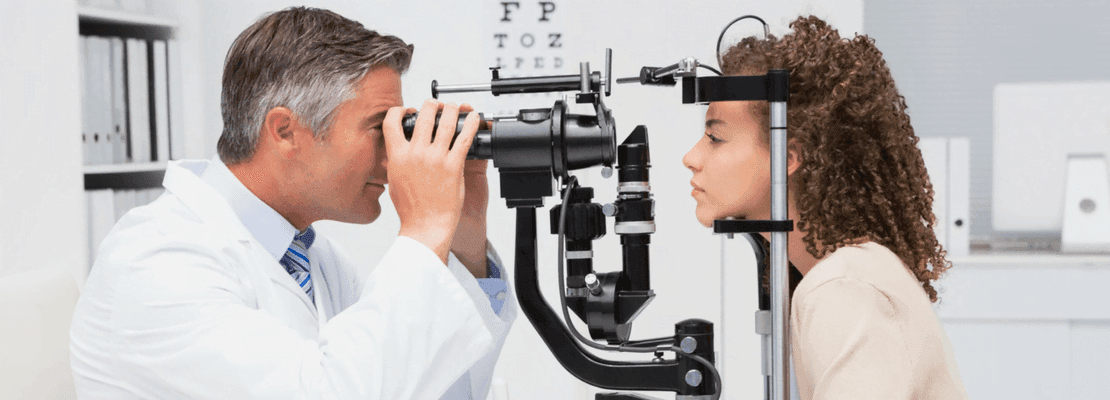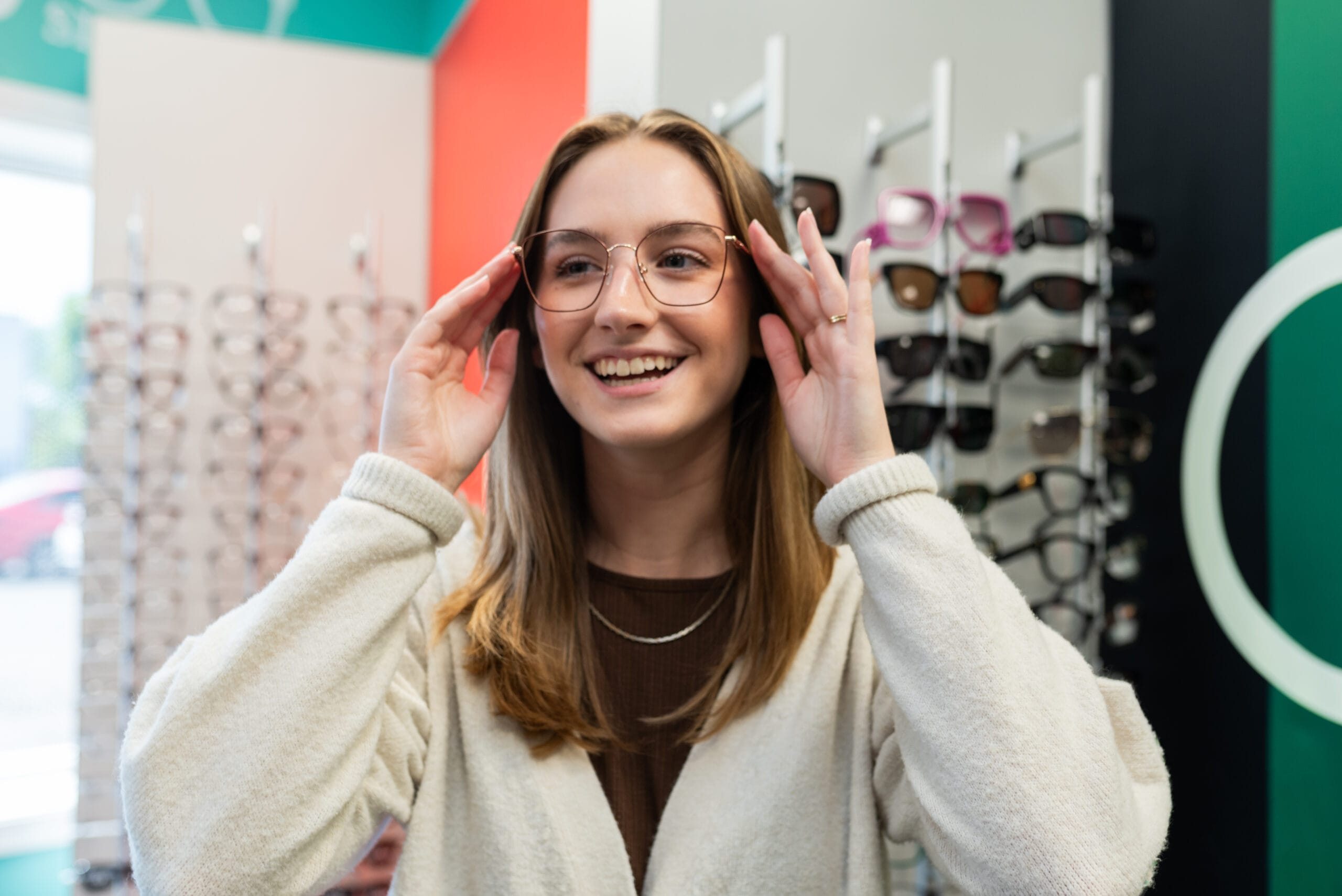WE CAN TREAT YOU WITH A DIABETIC EYE EXAM
The optometrists at Dr. Tavel Family Eye Care see thousands of diabetics (Type 1 and Type 2) each year and are well-trained to catch symptoms and early signs of diabetes with a diabetic eye exam, as well as other signs vision loss and other conditions related to diabetes.

EARLY DETECTION OF DIABETES WITH A DIABETIC EYE EXAM.
Living with diabetes is likely to increase your risk of heart disease and stroke, but diabetes and vision health are so closely linked that diabetes is usually discovered early in a routine eye exam. The eyes are one of the most common areas of the body that diabetes can affect. If you’re currently living with diabetes, early detection with a diabetic eye exam is critical to saving your eyesight. People living with diabetes are at a higher risk of blindness and other vision problems than people without it. Here are the possible eye conditions that are more likely for those with diabetes.
How Diabetes Affects Vision
DIABETIC RETINOPATHY
Diabetic retinopathy is when the small blood vessels in your eyes begin to leak blood or yellow fluid in the eye. Some early symptoms include floaters and blurred or distorted vision. Some blurred vision can be improved with blood sugar control, but medicine and other procedures may often be needed to restore vision. Diabetic retinopathy is a common cause of blindness in diabetics. Getting regular eye exams and maintaining blood sugar levels are the best preventative ways to slow and prevent vision problems.
Can high blood sugar cause blurred vision?
High blood sugar levels can cause blurred vision and can even change the shape of the lens in your eye. The best way to reduce blurred vision is to keep your blood sugar at normal levels. Blurred vision can be temporary or can last a few months.
Can low blood sugar cause blurred vision?
Low blood sugar levels can also cause blurry vision. Low blood sugar can be corrected sooner by getting blood sugar levels back to normal with a meal or snack.
DIABETIC MACULAR EDEMA
Diabetic macular edema (DME) is a disease caused by the progression of diabetic retinopathy. According to the American Diabetes Association, fluid can leak into the part of the eye where focusing occurs, the macula. When the macula swells with fluid, vision blurs and can be lost entirely. DME is the most common cause of vision loss with diabetic retinopathy and can occur at any stage. There are multiple treatments including anti-VEGF injections that block vessel formation and prevent leakage in the retina.
GLAUCOMA
Glaucoma is a common eye condition for people without diabetes, but diabetes can increase the likelihood of glaucoma by 40%. Glaucoma refers to a group of eye disorders that have few initial symptoms but cause harm to the optic nerve. Loss of vision occurs with glaucoma because of the higher-than-normal pressure inside the eye. It will first cause loss of peripheral vision and may eventually lead to blindness. You can read more about Glaucoma in our previous blog post.
CATARACTS
Cataracts can develop due to many other factors, but according to the American Diabetes Association, people with diabetes are 60% more likely to develop this condition. They can develop at a younger age and at a more rapid pace within diabetics. Cataracts occur when the lens of your eye clouds up from natural proteins that build up over time. Learn more about cataracts and treatment options in our blog, How Cataracts Affect Vision.
Are diabetic eye exams covered by insurance?
Diabetic eye exams are covered by most major medical insurance plans, and our team will work with you to find what benefits you qualify for. Additionally, at Dr. Tavel, we accept all vision insurance plans – guaranteed.
Don’t wait, schedule an eye exam today.
The longer you’ve had diabetes, the higher the risk of developing these conditions. Almost everyone with type 1 diabetes will eventually have a form of diabetic retinopathy. Remember, your eye health can be compromised before you notice any change in vision. Regular eye exams keep your eyes healthy and ensure vision issues are diagnosed early. Find the Dr. Tavel office nearest you, and schedule your appointment with us today!
